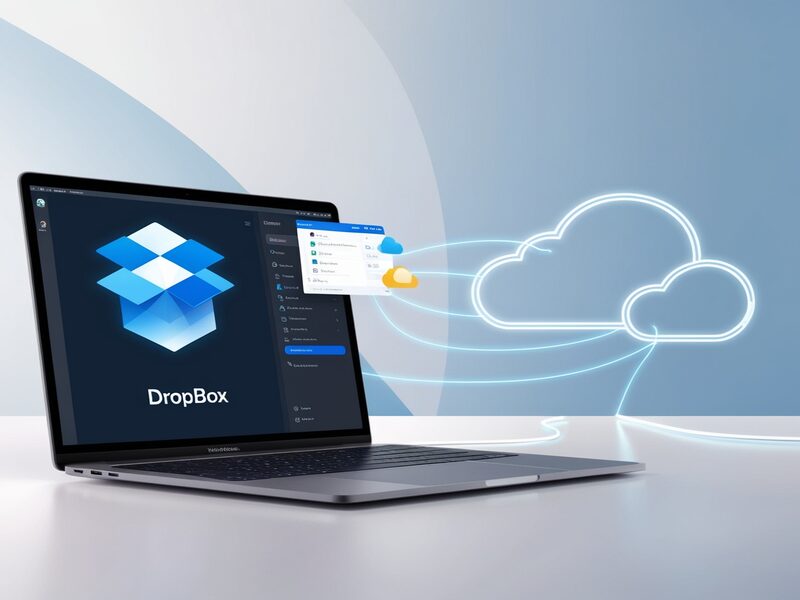AWS SysOps Fundamentals Tutorial
Major pharmaceutical and FMCG companies use Amazon Web Services’ cloud platform, AWS, to store and manage their data. AWS includes multiple regions with respective data centers as well as zones.
Each region in India boasts multiple data centers to ensure high availability; furthermore, each data center ensures availability within their regions.
AWS continues to expand and build out new data centers in order to meet customer requirements, offering maximum availability and adaptability to businesses of all kinds.
What is Cloud Watch?
Cloud Watch is a tool that allows users to monitor and observe real-time CPU utilization of any AWS service, such as EC2.
Cloud Trial is a service that enables governance compliance and operational auditing. Trail logs can be created for any service and used to create alarms in Cloud Watch.

AWS trusted advisor is a tool that guides users on provisioning, keeping services, and reducing billing. It checks all available services and has limits, showing red flags when exceeding or equal to expectations, and green flags when using all services.
To create an alarm, users can launch an instance, create a code, and run a script to increase CPU usage. The script will send an email to the user indicating that the CPU tool has gone beyond the threshold value.
The cloud allows users to install and manage operating systems, and software, and create platforms.
These platforms require an environment for development, hosting, and software. SAS services are available on the Internet, providing more responsibility and flexibility.
Service providers like Oracle, Google, Amazon, and Dropbox offer various services, including specialized Indy database services, Google Cloud, and Dropbox.
These platforms provide various services, including online storage and cloud-based storage, allowing users to easily utilize and manage their resources.

AWS SysOps Training

Use of Amazon’s cloud computing services
These services can be consumed across various platforms, including the internet. Common services utilized include analytics, storage, computing and databases.
Organizations utilize these services to manage their footprint in the cloud, potentially taking advantage of analytics, storage space management systems and computing technology as well as databases.
Big T zones across Europe currently host four data centers that are rapidly growing in number. Deciding upon which region best fits depends upon factors like pricing, local taxes, maintenance costs and data centre location.
The cloud computing industry is expected to experience tremendous growth over the coming decade and reach between $209 and 250 billion by 2018. Businesses have increasingly employed cloud services for various uses, creating promising job prospects in this space.
Amazon AWS, Microsoft Azure and Google Cloud are three of the most sought-after cloud computing services. Amazon AWS holds the market lead while Azure takes second and Google Cloud third.
Gartner’s Magic Quadrant for Cloud Services highlights three dominant players in this sector – Amazon Web Services (AWS), Microsoft Azure and Google Cloud as pillars in this market.
Amazon Web Services leads the market, followed by Microsoft in Gartner’s Magic Quadrant analysis compiled from various data sources collected and analyzed by Gartner. Amazon Web Services leads this pack, followed closely by Microsoft.

AWS SysOps Administration
As an AWS Cloud Systems Administrator, your role entails operating, managing and using systems within AWS cloud environment. In particular, creating automatable deployment of networks and systems within the platform.
An AWS SysOps admin is accountable for automating processes and infrastructure deployment using AWS’s cloud formation service, creating complete AWS architecture using JSON or Yamil files thereby decreasing production times and increasing profits.
An AWS SysOps admin’s duties involve understanding AWS best practices, systems administrators and operators for Linux/Unix environments, cost-optimized architecture designs with secure environments as well as automation tools like Jenkins/Kubernetes/Docker deployment.
Monitoring Services Included with Amazon Web Services SysOps Administration:
Monitoring services and tools are invaluable when it comes to automating processes and shortening software upload times. Monitoring helps prevent future errors from cropping up while simultaneously speeding detection and correction efforts.

AWS SysOps Online Training

Monitoring data must meet certain metrics, such as CPU utilization, bytes transferred per minute (BPM), and throughput rate. Furthermore, all this data must be valid, accurate, and easily accessible for interpretation and review.
Amazon Web Services (AWS) provides three monitoring services – Amazon Cloud Watch, Cloud Trail and Trusted Advisor.
Monitoring helps organizations keep an eye on processes over time and collect essential data for business analysis and error correction.
Monitoring is the practice of gathering metrics or telemetry of an organization’s applications in order to assess whether all are running properly and supporting one another, providing peace of mind that everything works as expected and that resources are sufficient. Monitoring can refer to any organization running on both physical and IT infrastructure systems.
IT monitoring is vital to optimizing use of IT infrastructure, cutting costs and improving analysis/visualization in real time. By collecting data for each feature, organizations can gain a clear picture of which ones are popular among their staff and why other parts are ignored by people.
Data analytics allow organizations to make improvements, identify areas for growth and reduce costs by closely tracking and analyzing information. With better decisions made possible from this monitoring and analyzing approach, performance will improve significantly across their operations.

AWS SysOps Administration Certification
The typical functions of system operations administrators, who are responsible for deploying, monitoring, and automating various tasks such as deployment, patch management, and monitoring.
It is essential for those with a traditional background in Windows Linux administration or network site management.
It is to be noted that the typical function of these administrators is to automate tasks such as patch management, deployment, and monitoring, which can be done in and out of the office.
The syllabus for the Sysops Administrator exam focuses on a lesser number of services but is more in-depth.
To prepare for the exam, students need to have a strong grasp of the ECC2 VPC Auto scaling and the LLB part. The exam covers approximately 40 to 50% of the questions, with the first three items being computing, networking, and scalability.

AWS SysOps Course Price


Gayathri
Author